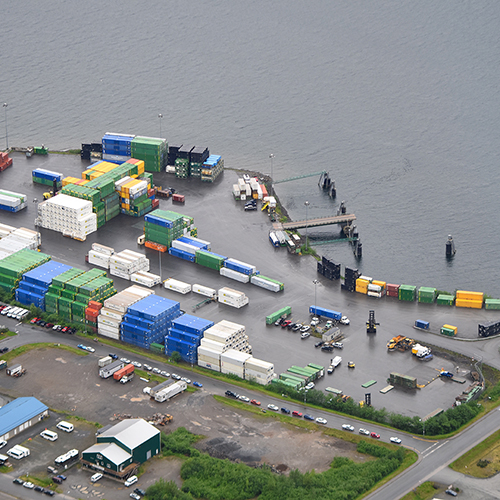Benchmarking Sustainable Supply Chain
The following key attributes are critical to a robust framework for developing a system for sustainable supply chains:
1. It should segment the end-to-end supply chain into a series of well-defined operational categories so that an evaluation can be made of sustainable performance throughout the supply chain. We recognise five key categories. The approach closely follows the Supply Chain Operations Reference (SCOR) Model, including the plan, source, make and deliver stages, with the addition of a design product stage. The plan and source categories are further divided into strategy development and metrics-related subcategories.
2. In addition to evaluating sustainable activities within each of the supply chain operational categories, supply chain executives may be able to combine these individual scores to determine an overall sustainable supply chain evaluation score. The scoring system should allow a direct evaluation of a company’s performance, as well as allow it to be benchmarked against other companies by geography, sector, supply chain type or other factors.
3. There is little merit in replicating existing collations on corporate, facility, or supply chain energy and water consumption, and emissions and waste generation. These are well accommodated by the Carbon Disclosure Project (CDP) and other schemes. Ideally, a strategy and execution focused framework should complement resource-based reporting frameworks, allowing them to be interpreted in the context of supply chain processes, throughputs and outcomes – linking resource consumption to business activities down to the facility, process and product levels.
4. Given the highly contrasting nature of resource consumption, packaging, manufacturing processes and a whole host of other factors, a statistical transformation that allows for performance data to be standardised should be developed, enabling intersector and other comparisons. This is even more significant for materials conversion yields or resource consumption rates, which are the core focus of existing rankings mentioned above.

How We Do It
- Establishing a quantitive methodology via a series of questions or other criteria on which to score performance for a series of key supply chain operational categories
- Developing a dynamic and regularly updated database of sustainable supply chain performance from large global enterprises
- Assessing and benchmarking individual companies by comparison with the database to identify areas of leadership as well as opportunities for improvement
The methodology combines strategic and metrics-focused scorecards consisting of approximately 12 questions in each of the five identified key supply chain categories. We have additionally subdivided supply chain sourcing into separate subcategories to assess the extent to which strategic planning is followed through and operationalised by the assessment of reporting metrics.

Action Plan For Sustainable Supply Chain Benchmarking
Establish a team to develop your sustainable business value proposition. Establish executive committment and sponsorship, and ensure that your organisation is willing to commit capital to improve sustainable performance.
Use our sustainable supply chain benchmarking and assessment toolkit to quantify your benchmarking program.
Undertake a current-state analysis, which establishes internal performance levels as well as comparisons against peers. Peer-to-peer comparisons may be based on geography, industry or other factors, such as the supply chain model employed.
Identify areas of good performance, and share this information internally, with partners and externally. Understand what drivers inside your organisation led to existing positive outcomes, and seek to employ similar frameworks and innovations in other areas.
Identify areas of underperformance, and undertake root cause analysis to establish whether problems are systematic or are linked to other factors.
Develop a phased plan with clearly specified outcomes and mileposts that link both sustainability and financial impacts. Ensure that the plan is clearly aligned with other business objectives, and where possible, seek out co-innovation with supply chain partners.
Annually, or more frequently, track relative improvements and their financial costs, as well as re-benchmark performance against peers and the overall maturity model position.
Ensure that your plan is focused on achieving new efficiencies and reducing risks in the current state. In addition, ensure it plans out a future that delivers improved sustainable and more general business performance through focused innovation and repositioning.
Include a communications plan. Use it internally to share sustainable wins and to assist in employee motivation and organisational change management. Use it externally to promote new organisational sustainability credentials and to confirm reputational legitimacy.

Testimonials
Client Testimonials About Us
“The class participation was excellent and we all learned from each other’’
“A clear and enjoyable introduction to the processes and actions required to establish a robust corporate carbon footprint..”.
“A must have understanding on GHG inventory management remarkably delivered by Carbon Action professionals”
“Great course and excellent value! Rigorous and thorough – would not hesitate recommending it to colleagues”



